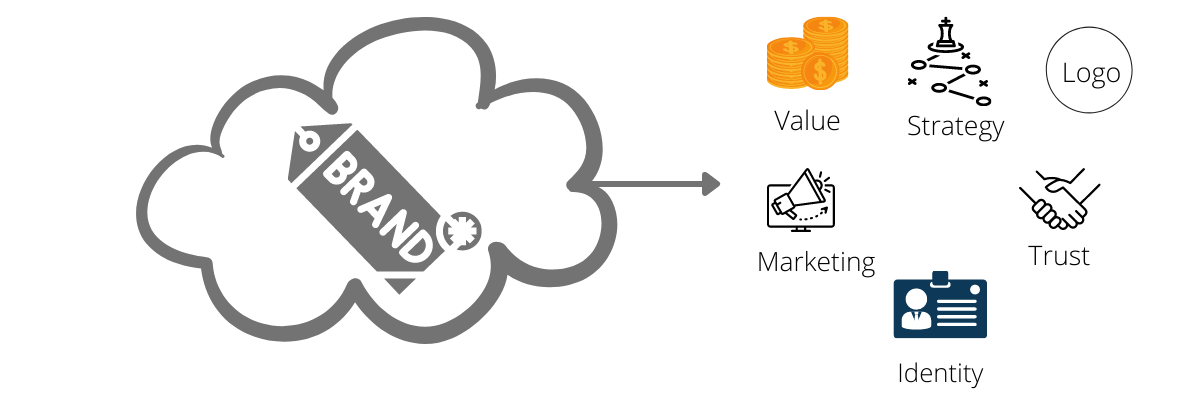

A fast-developing trend in Brand retail in 2022 is transitioning to a DTC model. Big Brands like Adidas and Nike have gone to the Direct to Consumer model. As a result, they are thriving in the current post-pandemic market. In the case of the Fashion industry, DTC has provided consumers with the ability to shop from home during the pandemic and now the consumer is continuing this trend post-pandemic. Customers are also looking online for better deals and exciting new ways of using digital technologies to make shopping more fun. Smaller brands are taking advantage of this trend instead of building brick and mortar stores they are creating a digital marketplace. They are optimizing their tech and marketing efforts to keep up with this ever-evolving platform game.
At a first look all these appear complicated but according to Jan Kegelberg, CDO of SportScheck, CEO of fitfox, and now CEO of Inwerk GmbH, there is a method to being successful in this space. Jan Kegelberg the supply chain expert-led SportScheck through its entire transformation from a classic retailer to a successful multichannel platform business.
There are 5 key components in transforming from a traditional brand to DTC.
The first challenge for a newer brand is identifying why that brand exists. This is essential as many brands try to be everything to everyone but this proves counterproductive at any stage. Brands can find their identity by answering difficult questions like ‘What differentiates my offering from the competition?’.
Next challenge many faces is having a clear onboarding strategy. Brands should play smarter and target specific leads and partners. Having a clear framework for onboarding key players is essential to success. For SportScheck, Jan focused on sportswear and later strategically expanded to SportScheck’s product assortment into subcategories such as food and sports nutrition.
One key misconception newer brand has that having an online system will work seamlessly from the beginning. This is not true, building a great marketplace requires a hands-on, tedious and partner individual process which demands endless hours of negotiation and integration to achieve customer-centric experience. One key element for success at this stage is diligently performing technical tests and assessing customer service and supply chain performance. Understanding all the moving parts and overseeing their quality and efficacy puts successful brands ahead in the automation game.
Transformation is always a collaborative game. Every person in each department such as purchasing, sales, marketing, tech, logistics, customer care, and management is vital in bringing together all skills and knowledge required for making a successful transformation. Traditional departmental boundaries should be broken down in favour of a process-oriented customer experience.
Markets and consumer needs have changed due to pandemics and recent inflation will further change them. So, to be successful brands should embrace change and always look forward to evolving. For example, from 2000 to 2010 everybody thought that e-commerce was the panacea. Next came omnichannel. However, the reality proved to be much more difficult. Jumping into what everybody is doing is not useful when there is no clear strategy.
Photo Courtesy: Canva
